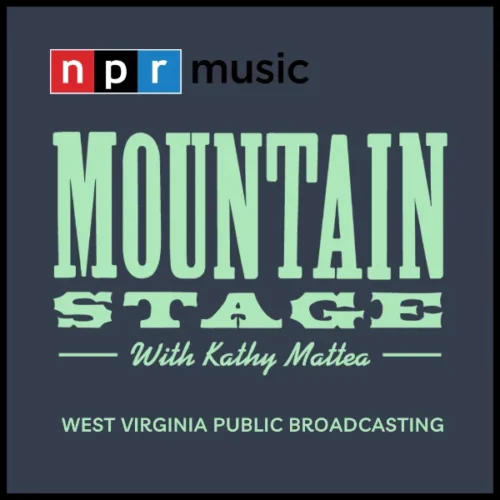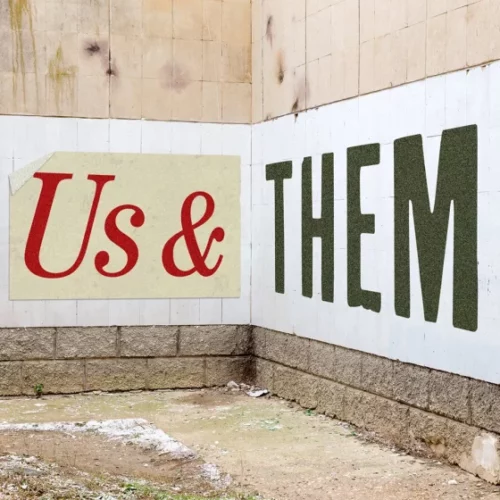Growing Pearls In Appalachia, This West Virginia Morning
Pearls are prized gemstones that have been crafted into jewelry for millennia. They can be found in the wild, but they’re also cultivated on farms. We hear a report from North America’s lone freshwater pearl farm located along Kentucky Lake in Tennessee.
Continue Reading Take Me to More News























